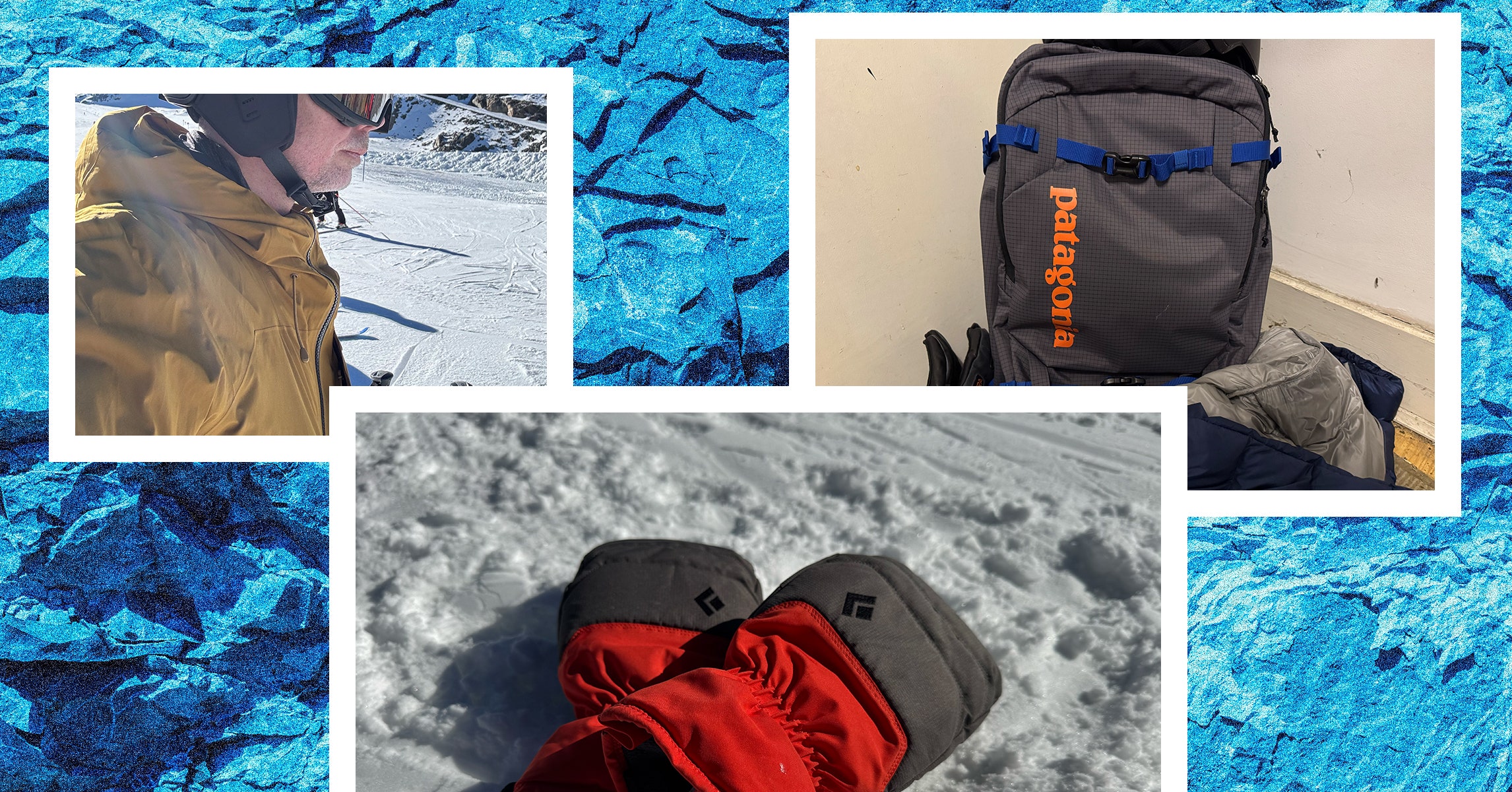Basic layer: A good set of thermals is important in the fight against cold, especially when working hard. The best drugs win sweat away as you heat, which helps regulate your temperature. Merino Wool is the best for this, but also the most expensive. However, synthetic fabrics get better, and please avoid cotton at all costs as it gets wet and remains that way, making you cold and uncomfortable.
Midlayer: Whether you choose a hood fleece or puff-style jacket, this layer does most of the work under cold conditions. Combined with the base layer, the hot air traps in, while moisture can also be expelled. Synthetic insulation like Primaloft Gold is brilliant and does not lose its properties if it gets wet. Down -jackets offer the relationship with best heat for weight, but they don’t pack down so small and should never get wet. A fleece with an isolated vest is a great opportunity if you really feel the cold.
Jacket: While ski jackets with insulation offer bonus heat under Arctic similar conditions, a waterproof will be enough as it provides protection against both the snow and the wind. A cold wind will cool you to your bones faster than a little wet snow. Ideally, choose a jacket with a waterproof membrane like Gore-Tex (make sure it is free of PFAs or forever chemicals), but also check for taped seams for extra waterproofing, plus lots of pockets for snacks and lift passes, and wrist mandrels and ski skirts to help keep the snow out.
Socks: As with your base layer, socks keep you warm and maintain your temperature when you build a sweat. Natural fabrics work well, but a mixture of merino wool with synthetic stretchy fibers is the way to go when they remain better and can be used for more than a day. Avoid cotton again and never carry two pairs as you almost certainly get colder feet.
Gloves: You will be surprised at how wet ski gloves will be when it is snowing, even if you do not fall very often. As a result, waterproof options work best in most cases, although well-made leather design can be almost as waterproof as a pair of Gore-Tex. Votter is generally warmer than gloves, but what you get in tasty fingers, you lose in dexterity. Check out our best ski gloves and mittens guide for more information.
Waterproofing and breathability assessments: Waterproofing is measured with a hydrostatic main rating or HH. This means that if you put a 1-inch, infinitely long square tube on top of the fabric, you could pour 20,000 millimeters of water before it would seep through. Breathability is assessed how many grams of steam per day. Square meters can pass through the fabric in 24 hours.
